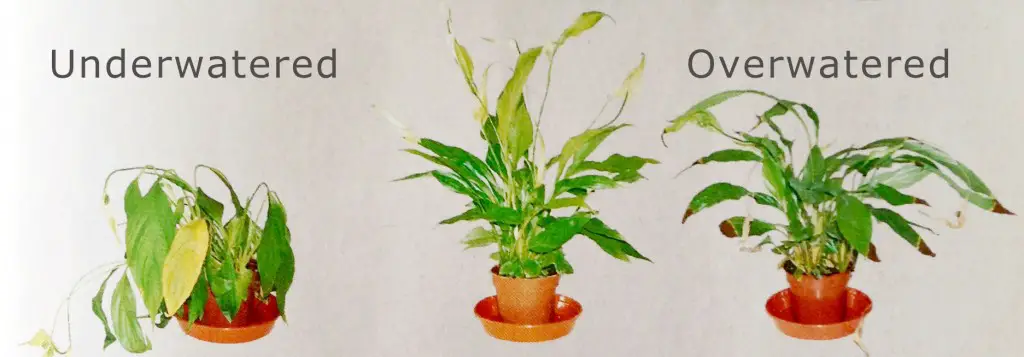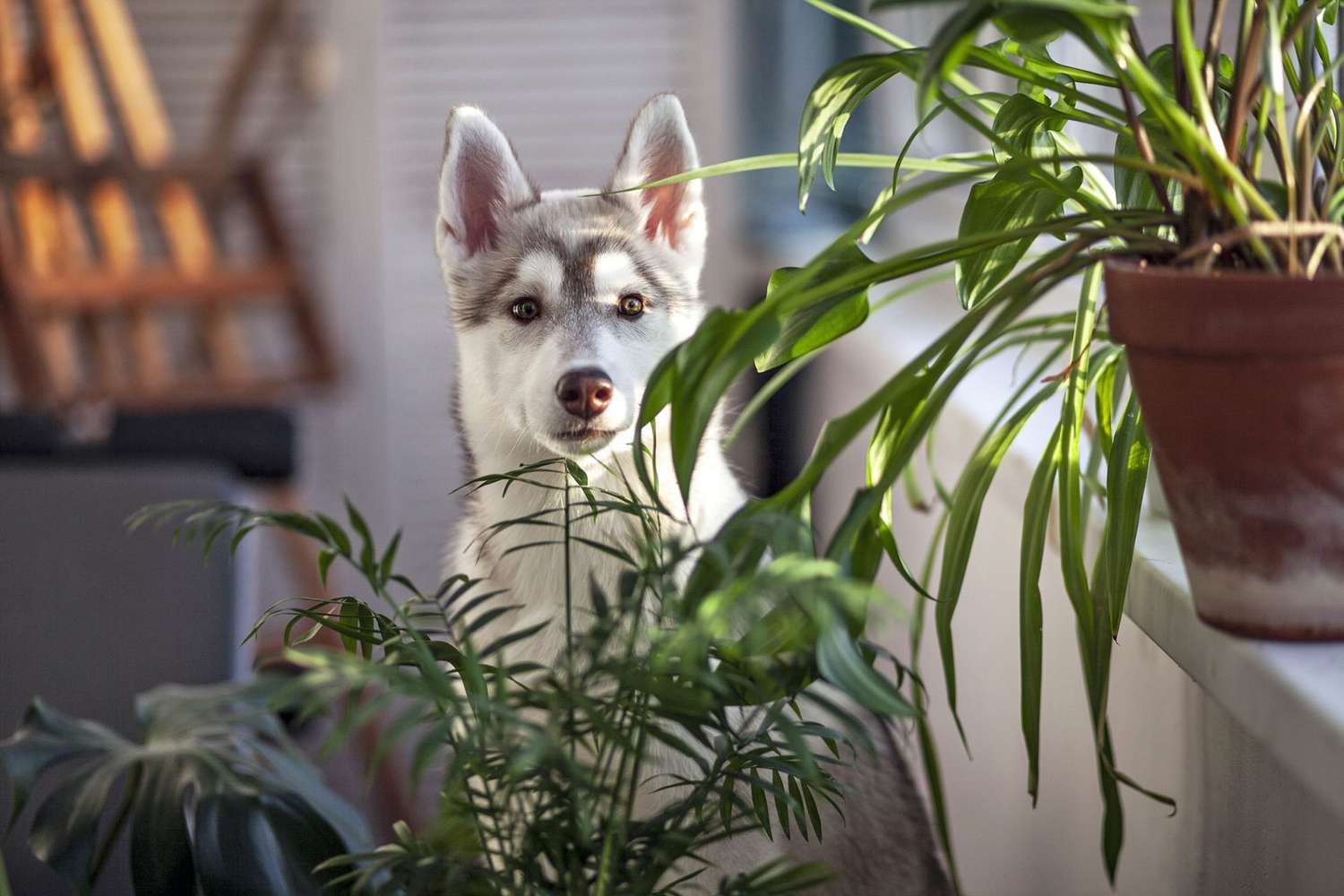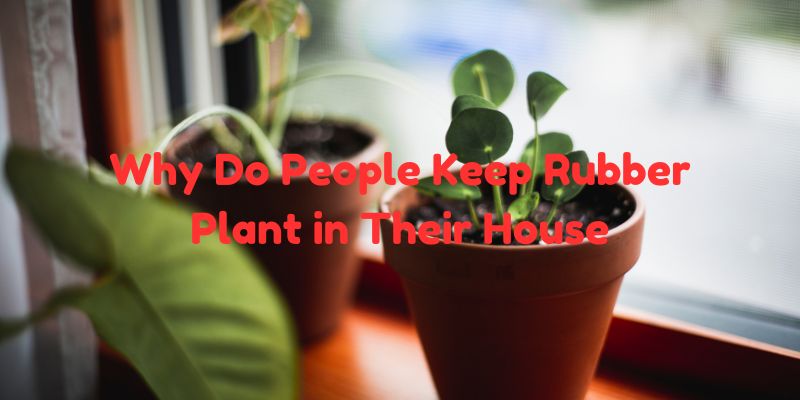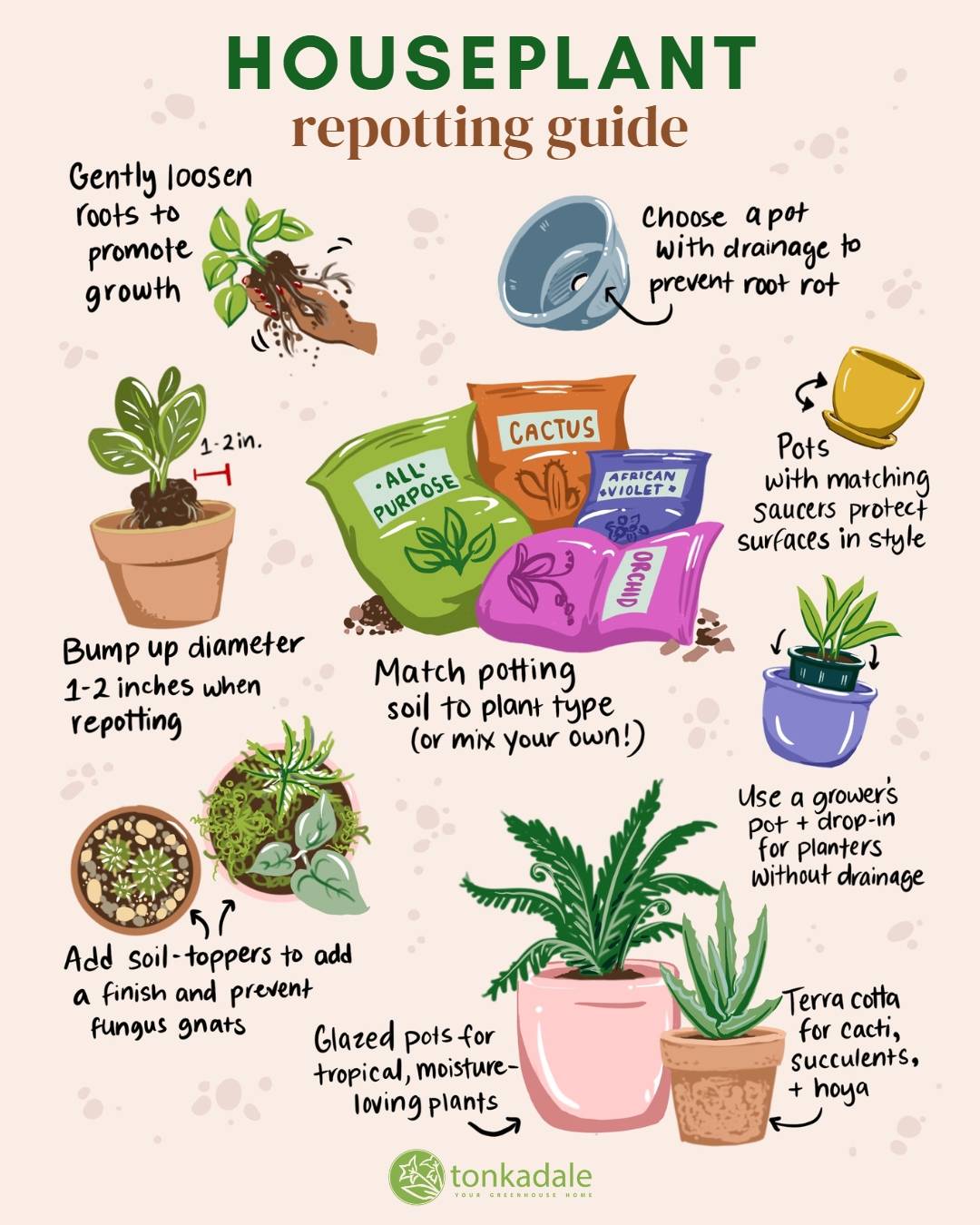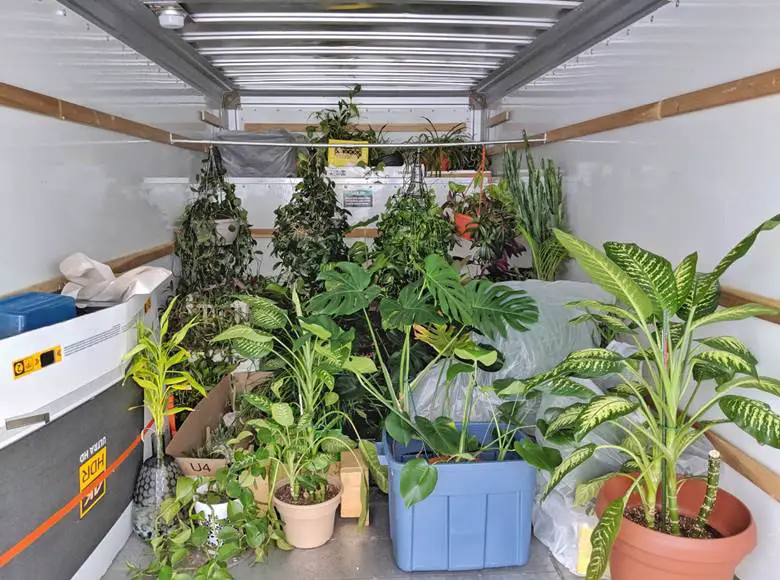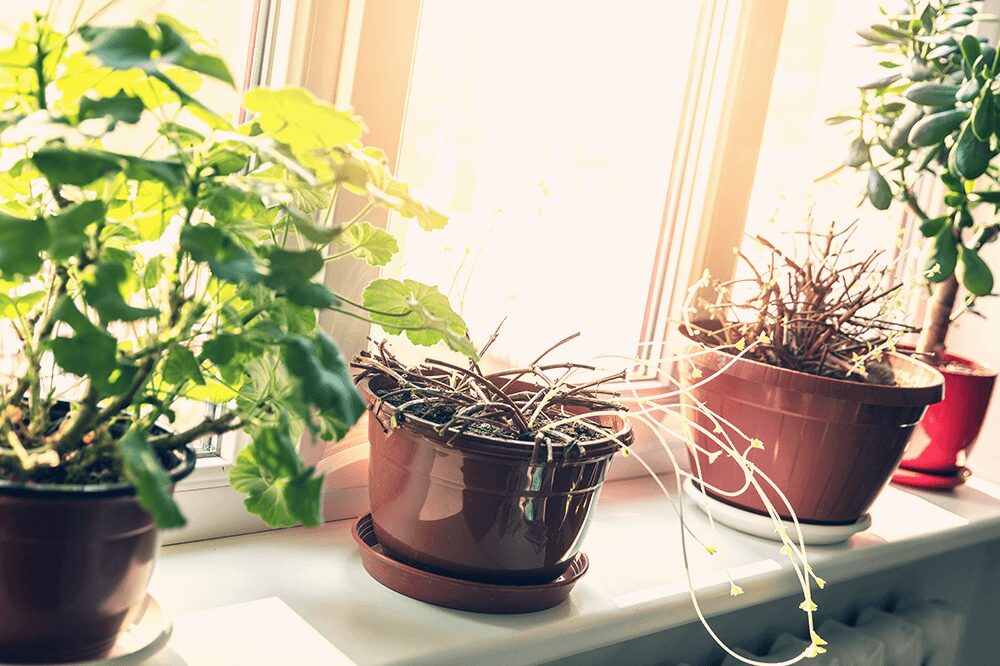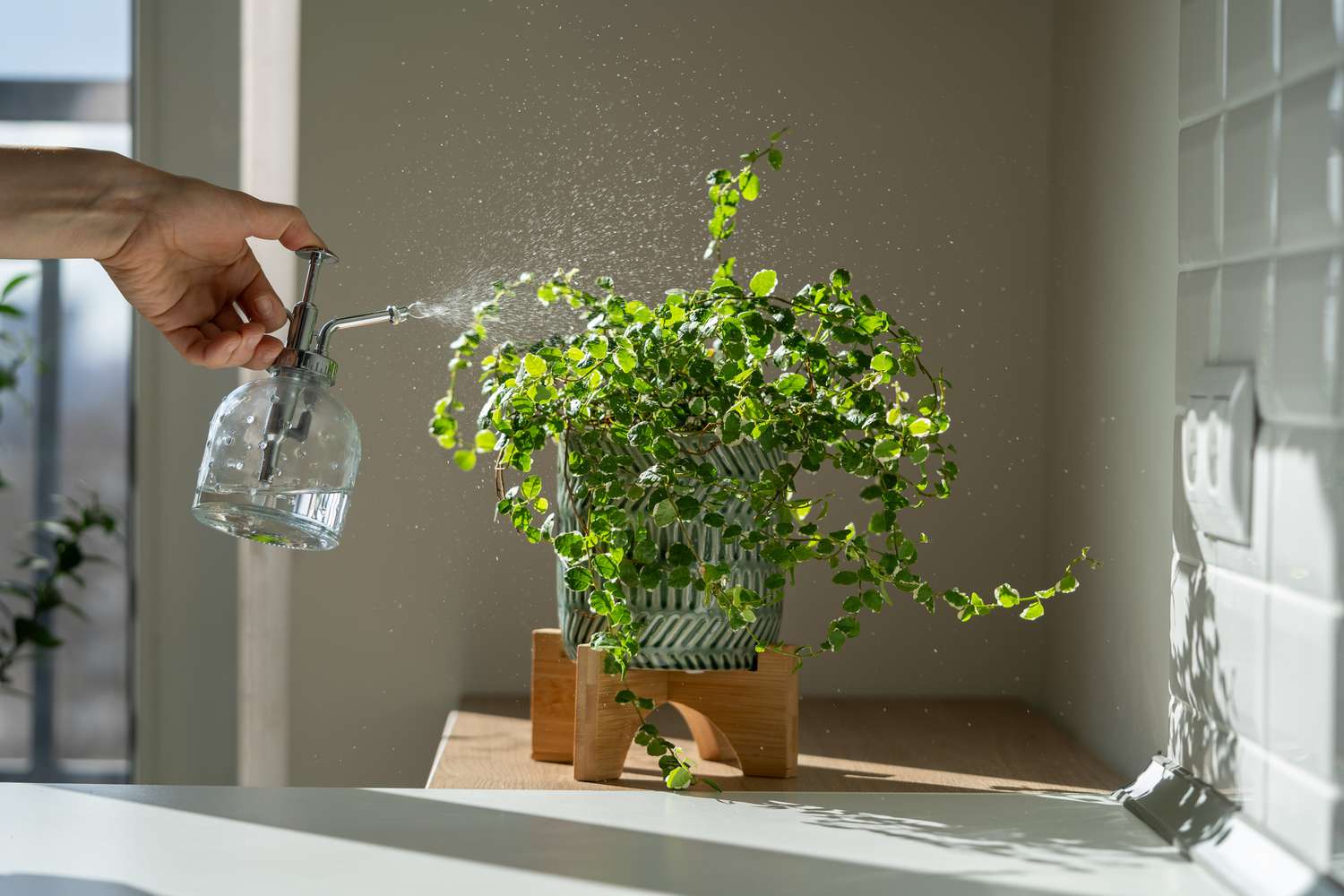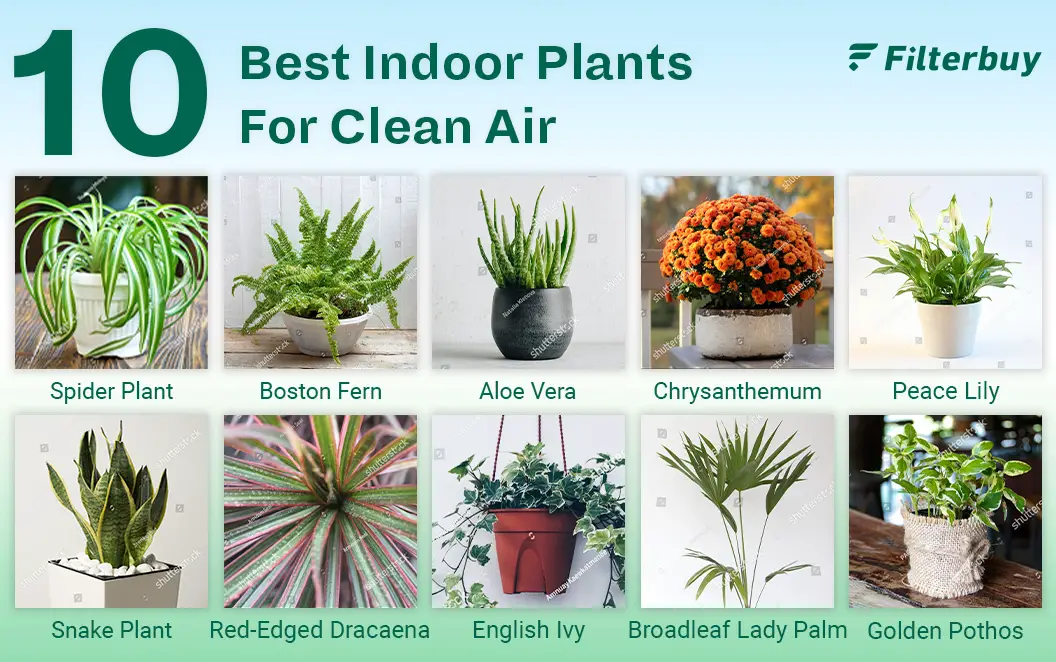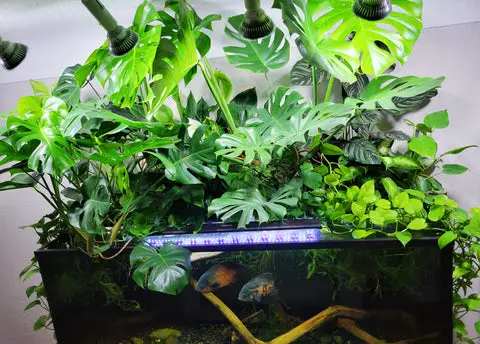Category: House Plants
-
How to Tell If House Plants are Overwatered: Essential Signs
Yellowing leaves and root rot are common signs of overwatered house plants. Soil that remains wet for extended periods is also a clue. Overwatering house plants is a frequent issue that can lead to various problems. Recognizing the signs early is crucial for plant health. Yellowing leaves, root rot, and consistently wet soil are clear…
Categories: House Plants -
What Happens If a Dog Eats a House Plant: Dangers and Remedies
If a dog eats a house plant, it may experience vomiting, diarrhea, or more severe symptoms depending on the plant’s toxicity. Immediate veterinary attention is recommended. House plants can be dangerous for dogs. Many common house plants are toxic and can cause mild to severe health issues. Symptoms range from gastrointestinal distress to more severe…
Categories: House Plants -
Why Do People Keep Rubber Plant in Their House: Top 5 Benefits
People keep rubber plants in their houses for their aesthetic appeal and air-purifying qualities. These plants are easy to maintain. Rubber plants, known for their broad, glossy leaves, add a touch of elegance to any indoor space. They thrive in moderate light and require minimal care, making them ideal for busy individuals. Besides their visual…
Categories: House Plants -
How Often Should You Replant House Plants: Expert Tips Revealed
House plants should be replanted every one to two years. This depends on the plant’s growth rate and pot size. Replanting house plants ensures they have enough space to grow and access fresh nutrients. Over time, the soil in the pot can become compacted and lose its fertility, hindering plant health. Regular replanting helps to…
Categories: House Plants -
Is It Ok to Water House Plants at Night: Expert Insights
It is generally okay to water house plants at night. Ensure the soil is not too wet to prevent root rot. Watering house plants is crucial for their health and growth. Many plant owners wonder about the best time to water their plants. Night watering can be beneficial as it allows the water to seep…
Categories: House Plants -
Best Way to Move House Plants Across Country: Expert Tips
Best way to move house plants across the country is to use proper packing techniques and ensure they are well-hydrated. Moving house plants across the country can be challenging. Ensuring they arrive in good condition requires careful planning. Start by assessing which plants are suitable for the journey. Some plants may not survive long-distance travel.…
Categories: House Plants -
How to Tell If House Plant is Dead: Ultimate Guide to Diagnosis
To tell if a house plant is dead, check for dry, brittle stems and no new growth. Inspect leaves for discoloration or falling off. House plants add beauty and life to our homes, but they require proper care to thrive. Sometimes, it can be challenging to determine if a plant is struggling or has already…
Categories: House Plants -
Should You Spray House Plants With Water: Essential Tips & Benefits
Yes, you should spray house plants with water. Misting helps maintain humidity and keeps the leaves clean. Misting house plants can significantly benefit their health and appearance. Many indoor plants thrive in humid environments, and regular misting can replicate their natural habitat. This practice helps in preventing the leaves from drying out, especially in dry…
Categories: House Plants -
How Many House Plants to Clean the Air: Ultimate Guide
To significantly improve indoor air quality, NASA recommends having at least one plant per 100 square feet. This means about 10-15 plants for a typical home. Indoor plants not only beautify your space but also enhance air quality. Specific houseplants can effectively remove toxins such as formaldehyde, benzene, and trichloroethylene from the air. Popular choices…
Categories: House Plants -
What House Plants Can Be Used in Aquariums: Top 10 Choices
Java fern, peace lily, and pothos are house plants that can be used in aquariums. These plants thrive in aquatic environments. Adding house plants to aquariums not only enhances their aesthetic appeal but also provides numerous benefits. House plants like Java fern, peace lily, and pothos help improve water quality by absorbing toxins and providing…
Categories: House Plants

